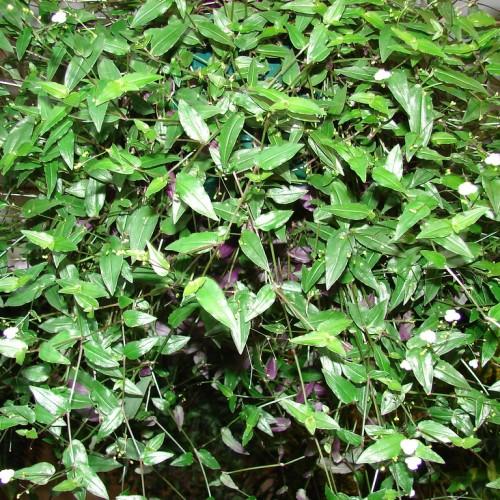
Tahitian bridal veil
Gibasis geniculata
Cycle:
Herbaceous Perennial
Watering:
Frequent
Hardiness Zone:
4
Flowers:
Flowers In Spring
Sun:
Filtered shade, Full sun only if soil kept moist, Part sun/part shade
Fruits:
Fruits In Summer Ready In Fall
Leaf:
Yes
Growth Rate:
Low
Drought Tolerant:
Yes
Thorny:
Yes
watering
Large-leaved avens (Geum macrophyllum) should be watered regularly when the soil is dry, or every 5 to 10 days, depending on your climate and soil conditions. For those in hot, dry climates, water the plant more frequently using a light watering. During the summer, make sure the soil is kept moist but not saturated. In milder climates, you can lessen the frequency of watering. During the winter months, water only during periods of extreme drought or when the top inch of soil begins to feel dry. Established large-leaved avens can survive droughts well.
sunlight
Large-leaved avens (Geum macrophyllum) is a native wildflower species that prefers bright sunlight throughout the day. The plant will do best if it's planted in an area that receives 6 to 12 hours of direct sunlight each day. It is also important to note that the light should reach the plant throughout the day and not just in the early morning. Large-leaved avens is quite tolerant of partial shade, but will not bloom well in deep shade. Too little light will cause the plant’s flowers to be small and fewer in number.
pruning
Large-leaved avens should be pruned in the late winter or early spring, when the plants are still dormant. Pruning should be heavy and may include removal of up to half of the stems and branches. It is important to prune when the plants are still dormant rather than actively growing as this will help to ensure that new growth is full and healthy. Additionally, pruning allows for better air circulation and light penetration to the foliage, which helps to prevent fungal diseases.
